✓ Handpicked Luxury Stays in Budget on 🏡 booking.com
There are great many landmarks in South America, and so are in Western Australia
Western Australia is a canvas of breathtaking natural landmarks, painted with hues of rich heritage and shimmering oceans.
Its landscapes are a symphony of geological wonders that showcase the splendor of nature.
The terrain is a testimony to the raw power of geological evolution and the resilience of wildlife.
Dive into the azure waters and explore the vibrant coral reefs or witness the vast expanses of red earth and golden sand dunes.
Western Australia is a boundless paradise waiting to be explored.
Without further ado listed below are some of the most famous natural landmarks in Western Australia:
1. Purnululu National Park
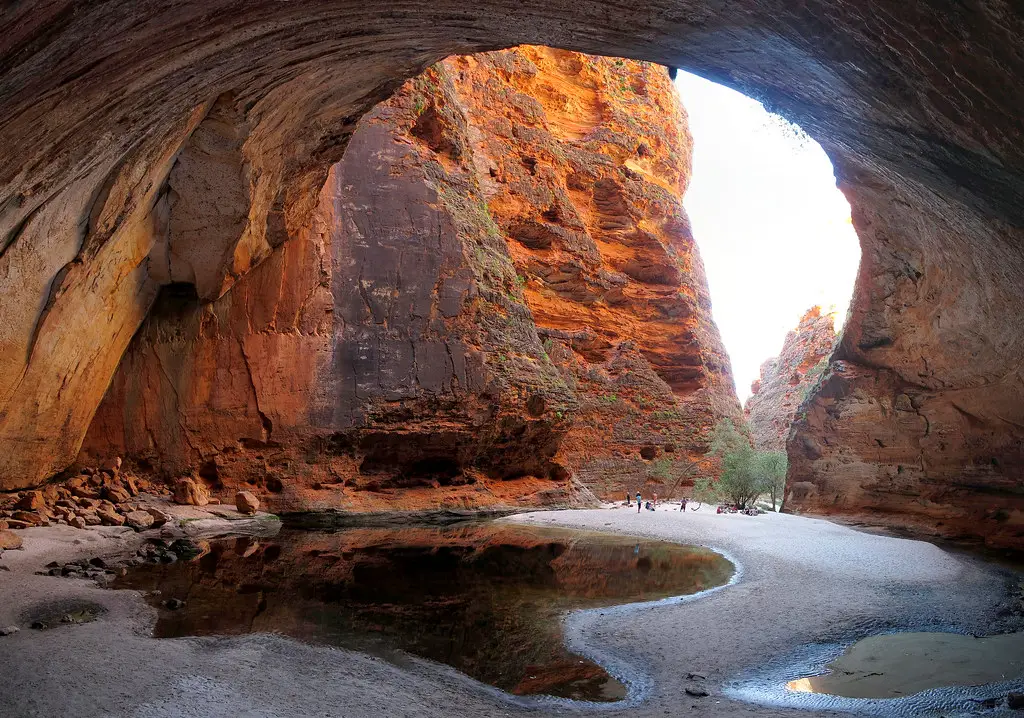
A vast wilderness area located in the Kimberley region of Western Australia, covering almost 240,000 hectares.
What to see or do: Marvel at the iconic Bungle Bungle Range with its distinct beehive-like sandstone domes, explore the winding canyons and cliffs of Cathedral Gorge, hike along Piccaninny Creek or take a scenic flight for an unforgettable bird’s eye view.
Don’t miss: Camping under the stars in the heart of the national park, watching the sunrise over the Bungle Bungle Range and taking a refreshing dip in the natural waterholes.
Insider travel tips: Make sure to bring plenty of water, sunscreen and insect repellent as temperatures can soar in the area. Book any tours well in advance as the national park can get busy during peak season. If you’re up for a challenging trek, consider hiking to the top of Mount Mahogany for breathtaking views of the surrounding landscape.
2. Ningaloo Reef
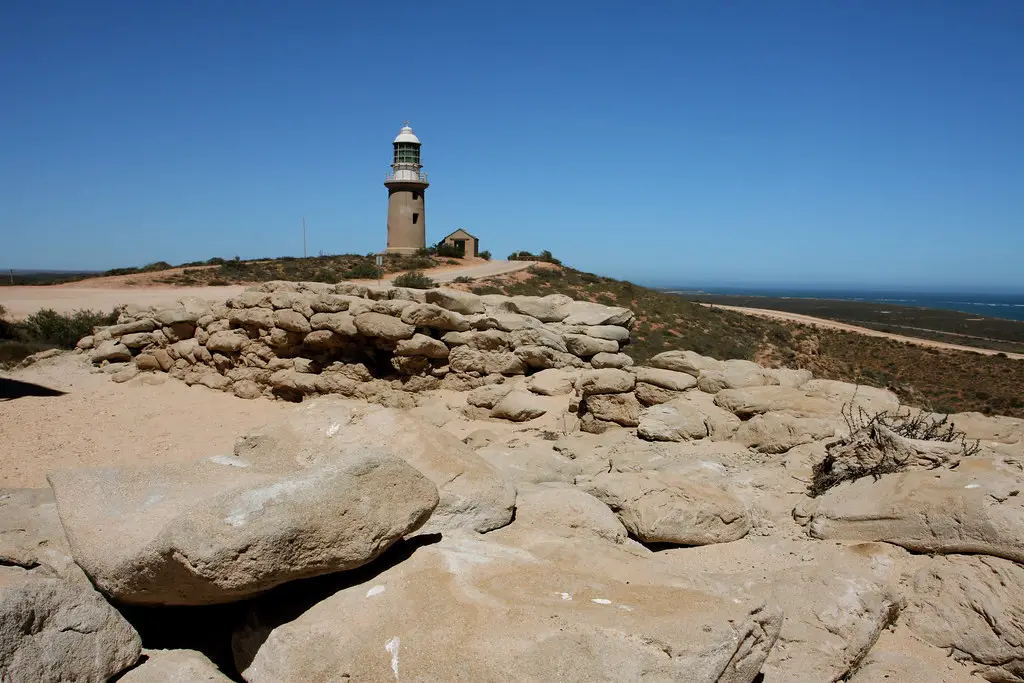
Ningaloo Reef is a magnificent and mostly untouched coral reef located on the coast of Western Australia.
What to see or do: Snorkel or dive with graceful whale sharks, massive manta rays, sea turtles, colorful fish, and vibrant corals at this UNESCO World Heritage Site. Beach lovers can relax on the beautiful pristine beaches and watch for dolphins and humpback whales.
Don’t miss: Swim with the gentle whale sharks, the world’s largest fish, available for tours from mid-March to mid-July. Spot the majestic manta rays leaping out of the water and doing backflips.
Insider travel tips: Visit Coral Bay or Exmouth on the mid-west coast of Australia to access the Ningaloo Reef. Weather is ideal from March to November. Book tours in advance for swimming with whale sharks, as they are in high demand. Respect the marine life and environment by following all rules and regulations during your visit.
3. Karijini National Park
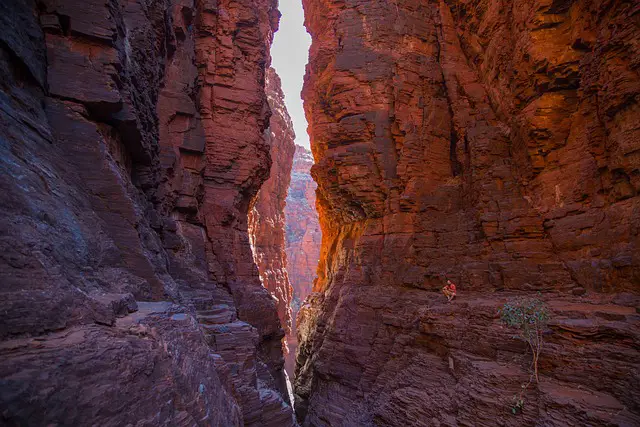
Karijini National Park is a stunning national park located in Western Australia that covers over 600,000 acres of rugged terrain and ancient geological formations.
What to see or do: There are plenty of things to see and do in Karijini National Park, making it a must-visit destination for outdoor enthusiasts. Visitors can take hikes through narrow gorges, marvel at towering waterfalls, and swim in natural pools. The park is also known for its incredible stargazing opportunities, as there is very little light pollution in the area.
Don’t miss: One of the highlights of Karijini National Park is the breathtaking Dales Gorge, which is home to several stunning waterfalls and swimming holes. Other must-see attractions include Fortescue Falls, Hancock Gorge, and Oxer Lookout.
Insider travel tips: Be sure to pack plenty of sunscreen and water, as the park can get quite hot and dry during the summer months. Additionally, it’s a good idea to wear sturdy shoes with good grip, as some of the hikes can be quite challenging. Finally, make sure to bring a camera to capture the park’s stunning natural beauty.
4. Cape Range National Park
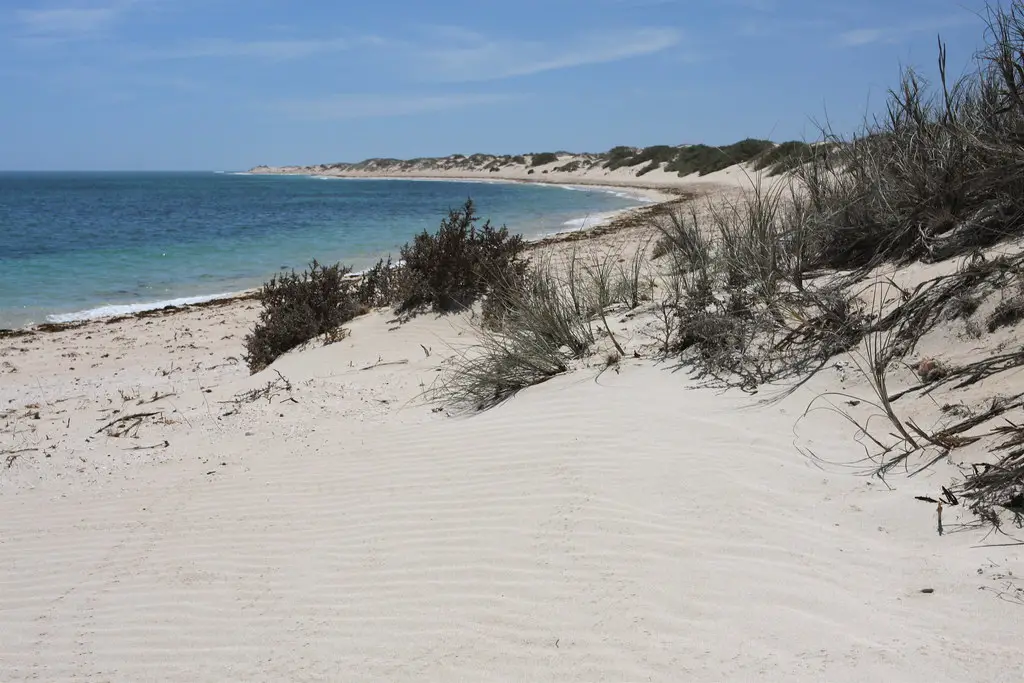
Cape Range National Park is a stunning nature reserve located on the north-west coast of Western Australia.
What to see or do: Take a scenic drive through the park’s rugged terrain or hike along the trails to enjoy the dramatic landscapes. You can also explore the pristine beaches with crystal clear waters, that offer some of the best snorkeling and diving opportunities in Australia. You can also go fishing or kayaking on the Ningaloo Reef, which is one of the largest coral reefs in the world.
Don’t miss: Do not miss the opportunity to spot the unique and threatened wildlife that is found within this park, such as the black-footed rock wallaby, red kangaroo, and green sea turtle. Also, do not miss the stunning views of sunrise and sunset over the ocean from Vlamingh Head Lighthouse.
Insider travel tips: If you are planning to go camping, make sure to book in advance and bring plenty of water, as it can get extremely hot during the summer months. The best time to visit is from March to June when the weather is mild, and the wildflowers are in full bloom.
5. Kalbarri National Park
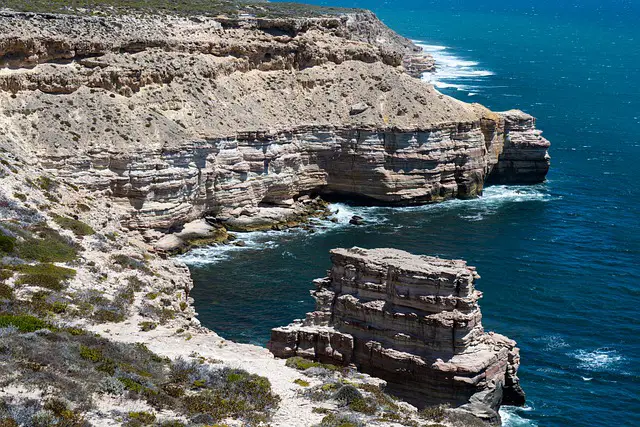
Kalbarri National Park is a nature reserve in Western Australia, spanning over 183,000 acres of land. The park is known for its stunning scenery, steep gorges, and unique rock formations.
What to see or do: Take a scenic drive through the park and marvel at the sights. Hike through the gorges, including the popular Z-Bend and Nature’s Window trails. Admire the iconic red rock formations, such as the Mushroom Rock and Rainbow Valley. Relax at the tranquil Murchison River, go fishing or indulge in some water activities.
Don’t miss: Be sure to stop at the national park’s namesake, Kalbarri town, to take in the laid-back coastal vibes and enjoy locally sourced seafood.
Insider travel tips: Visit during wildflower season, between July and October, to see the park in full bloom. Avoid visiting during the peak summer months as it can get extremely hot. Consider booking a guided tour or bring a map, as some areas can be challenging to navigate. Don’t forget to bring sunscreen and plenty of water, as the park can get quite hot and exposed.
6. Wave Rock
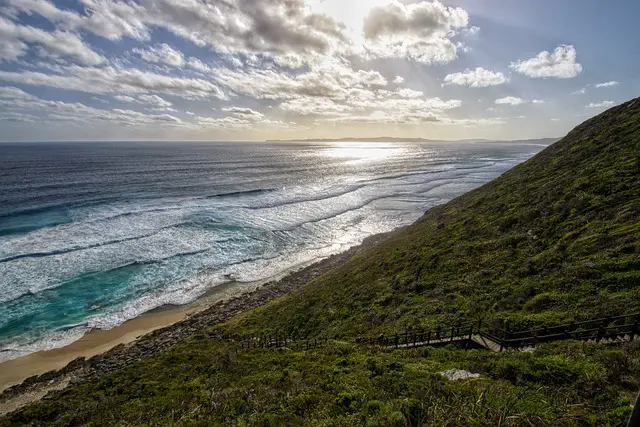
A natural rock formation located in Western Australia that resembles a giant wave.
What to see or do: Take a walk to the top of the rock to enjoy the stunning views of the surrounding Wheatbelt region. Visit the nearby Wildlife Park to see local flora and fauna.
Don’t miss: The Hippo’s Yawn, a nearby rock formation resembling a hippopotamus yawning. Also, don’t miss a chance to take a picture with the wave rock.
Insider travel tips: Visit after rain to see amazing wildflowers. Bring comfortable walking shoes and plenty of water. Consider visiting during the weekdays to avoid the crowds.
7. The Kimberley Region
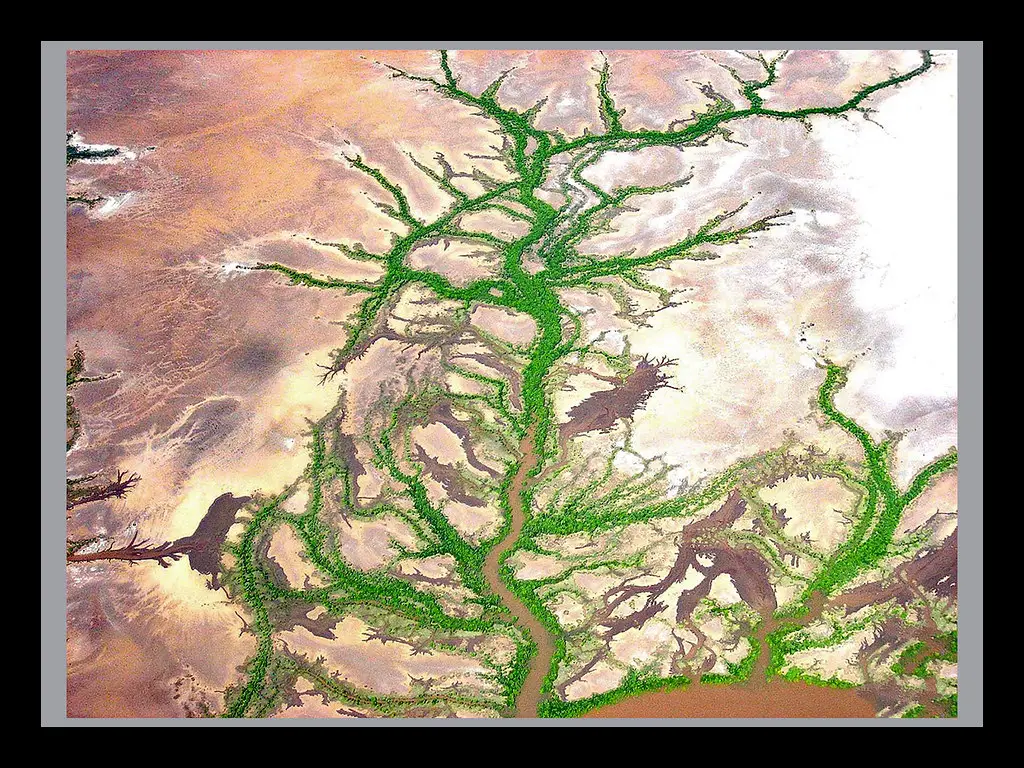
The Kimberley Region is a vast and rugged area located in the northern part of Western Australia.
What to see or do: Cruise along the stunning Kimberley coastline and witness the breathtaking waterfalls, gorges and beaches.
Don’t miss: The Horizontal Falls – a natural wonder where the tidal current rushes through a narrow passage, creating a horizontal waterfall effect.
Insider travel tips: – The best time to visit the Kimberley Region is during the dry season (April – September) when the weather is mild and there are fewer mosquitos.
8. Lake Hillier (Pink Lake)
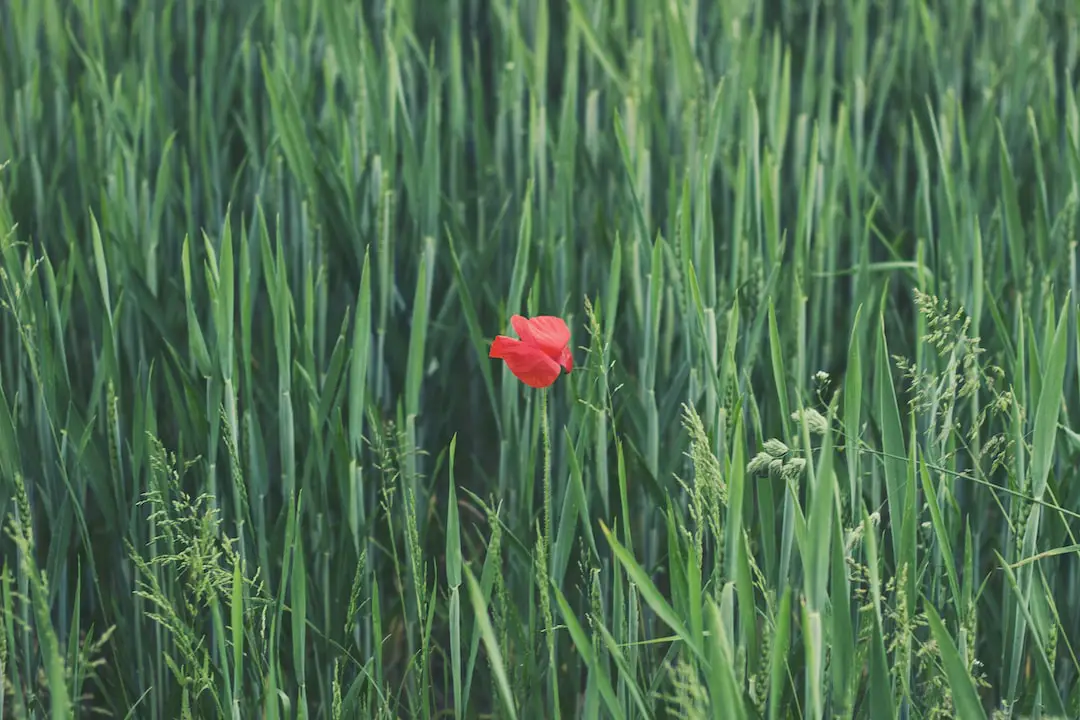
Lake Hillier, also known as Pink Lake, is a saline lake located on Middle Island in Western Australia.
What to see or do: Visitors can take a helicopter or a boat tour to see the stunning pink color of the lake from above. Swimming in the lake is not allowed due to its high salt content, but visitors can take a photo stop at the lake’s shore.
Don’t miss: Take a walk around the lake to fully appreciate its unique bubblegum pink color. The bright pink hue of the lake remains all year round, although the intensity of the color may vary depending on the time of the day and the weather conditions.
Insider travel tips: It is recommended to view the lake from above, as it can be tough to spot the unique pink color from the ground level. Visitors can also access the lake from Esperance, which is a popular tourist destination in Western Australia. Additionally, make sure to pack sunscreen, water, and hat due to the hot climate in this region.
9. Rottnest Island
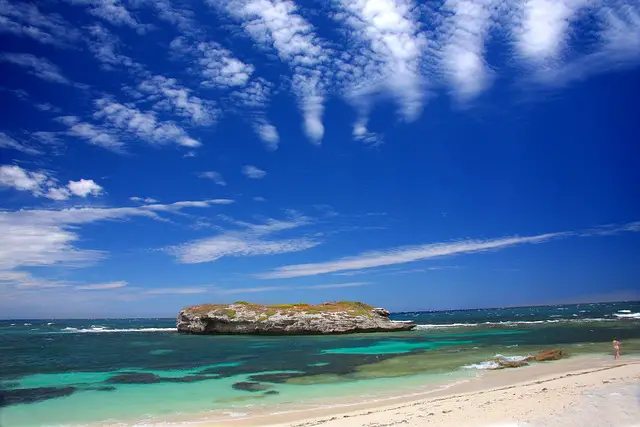
Rottnest Island is a picturesque island located off the coast of Western Australia, known for its stunning beaches and unique wildlife.
What to see or do: – Go cycling around the island and explore its numerous bays and coves.
Don’t miss: – Watching the sunset over the ocean at one of the island’s many vantage points.
Insider travel tips: – Pack a picnic and enjoy lunch with a view at one of the island’s many scenic spots.
10. Shark Bay
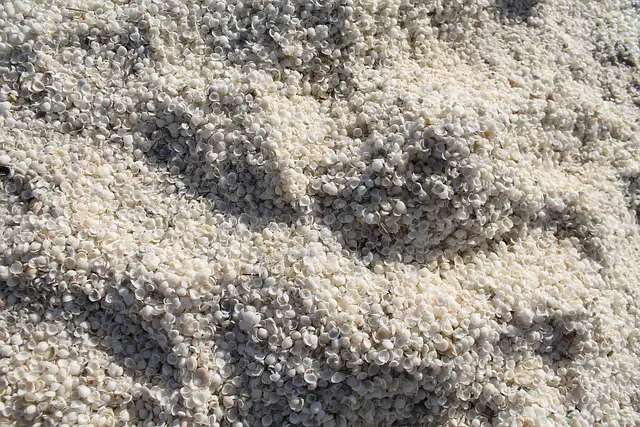
Shark Bay is a UNESCO World Heritage Site located in the Gascoyne region of Western Australia. It’s a remote coastal area featuring stunning natural landscapes, unique marine wildlife, and cultural sites that dates back to prehistoric times.
What to see or do: – Explore the crystal-clear waters of Shell Beach, a beach made entirely of tiny white shells.
Don’t miss: Do not miss the chance to join a wildlife tour and see the unique dugongs, sea turtles, manta rays, and whale sharks in their natural habitats.
Insider travel tips: – The best time to visit is from April to October, as the weather is mild and dry during this period.
11. Broome’s Cable Beach
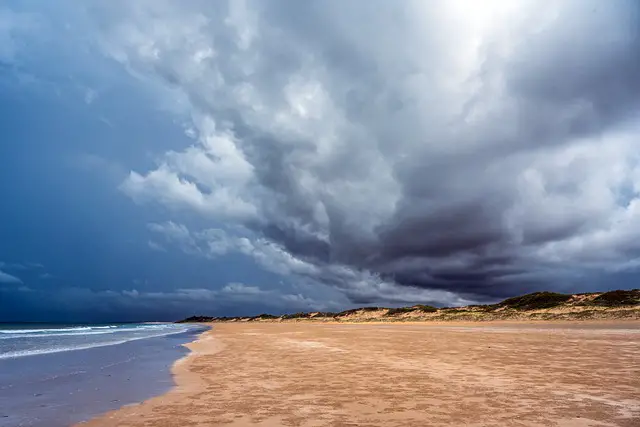
Cable Beach is a stunning stretch of 22 kilometers long white sandy beach located in Broome, Western Australia. It is known for its crystal clear turquoise waters and red cliffs.
What to see or do: Swim, sunbathe or stroll along the beach, enjoy a camel ride at sunset or sunrise, watch dolphins or whales, go fishing or take a scenic flight over the beach and surrounding area.
Don’t miss: The sunset at Cable Beach is particularly stunning, with the reds and oranges of the sun reflecting off the white sand and turquoise water.
Insider travel tips: The best time to visit Cable Beach is during June to September when the weather is warm and dry, and there are fewer stingers in the water.
12. The Valley of the Giants
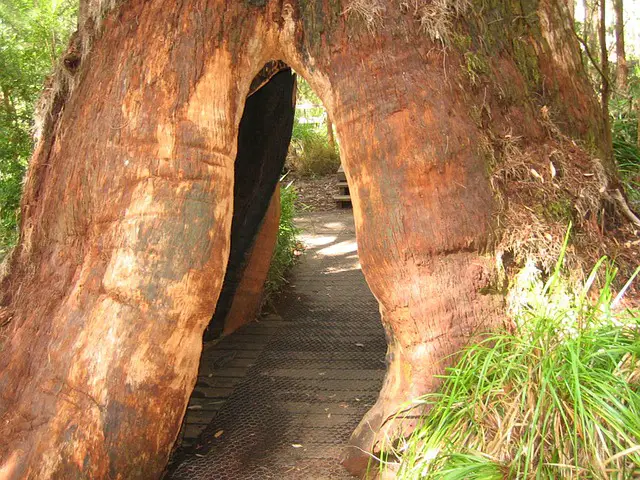
The Valley of the Giants is a forest reserve located in Western Australia, known for its towering tingle trees and scenic hiking trails.
What to see or do: – Walk the Tree Top Walkway, a suspended bridge that takes visitors 130 feet above the forest floor for stunning panoramic views.
Don’t miss: – The Ancient Empire Walk, a trail that features some of the oldest and largest tingle trees in the forest.
Insider travel tips: – Visit during the off-season to avoid crowds and have a more peaceful experience in the forest.
13. El Questro Wilderness Park
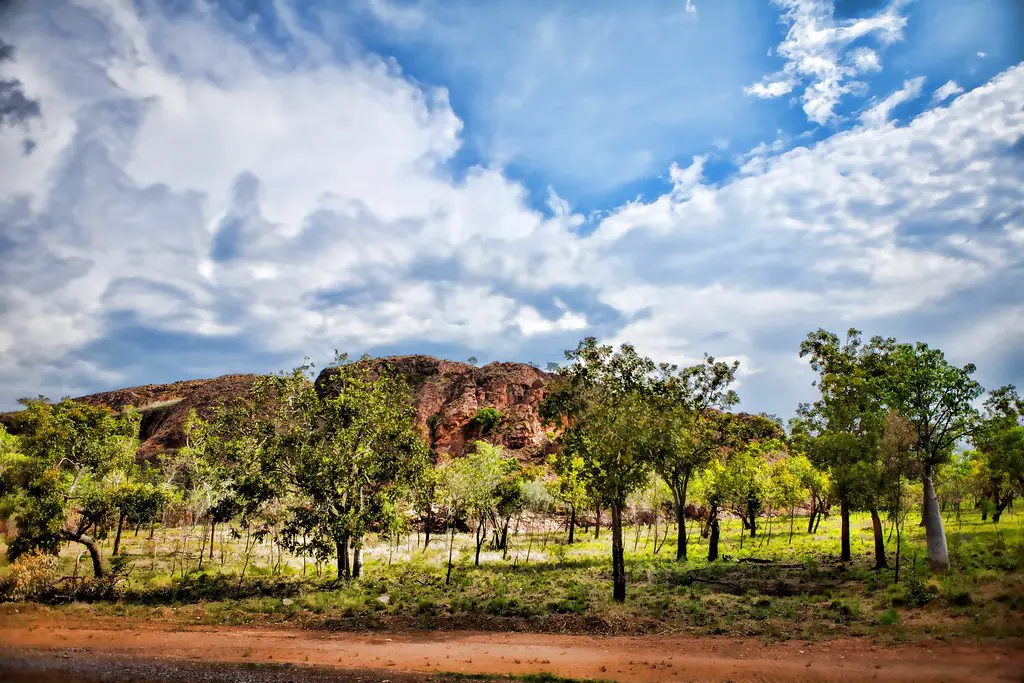
El Questro Wilderness Park is a vast and remote wilderness area in Western Australia, covering over 700,000 acres of rugged terrain.
What to see or do: Discover stunning natural wonders like ancient gorges, cascading waterfalls, and thermal springs. Take a dip in the Zebedee Springs, trek through the bushland or fish for Barramundi in the river.
Don’t miss: The highlight of El Questro is Emma Gorge, with its picturesque waterfalls and crystal-clear swimming holes. You can also take a helicopter tour over the park for panoramic views.
Insider travel tips: – Book an extended stay so that you have ample time to explore the various attractions of the park.
14. Francois Peron National Park
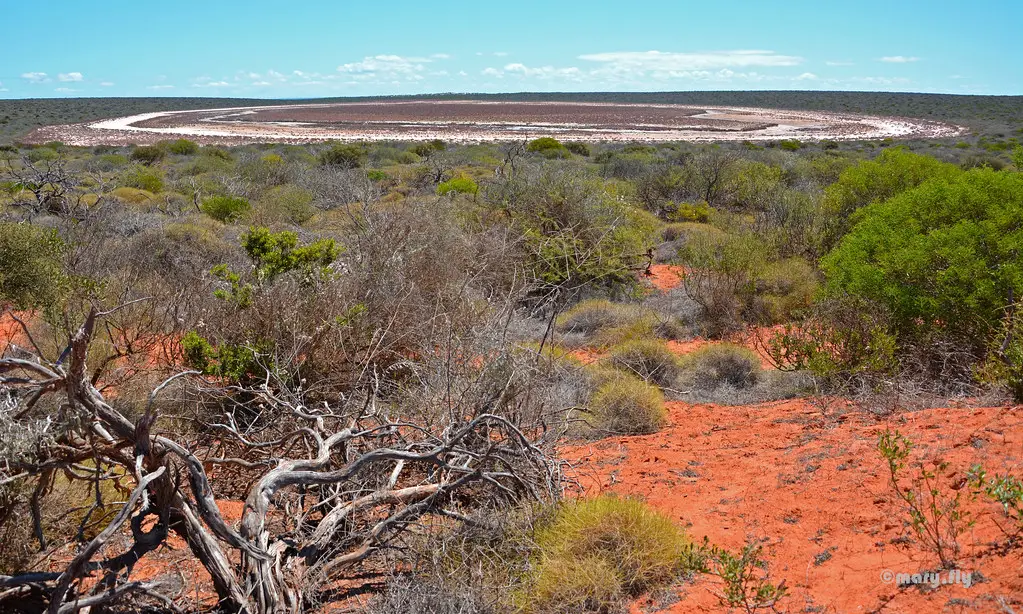
Francois Peron National Park is a protected area located on the Peron Peninsula in Western Australia. The park is known for its unique red sand dunes, rugged coastline, and crystal-clear waters.
What to see or do: Take a 4WD and explore the park’s scenic drive, or hike along one of the park’s many walking trails, including the popular Wulyibidi Yaninyina Trail. Wildlife enthusiasts can spot dolphins, emus, kangaroos, and even dugongs. Snorkel or dive to see the underwater world of coral and fish.
Don’t miss: Visit the stunning Cape Peron lookout for panoramic views of Shark Bay and the ocean. Relax on the white sandy beaches of Big Lagoon or Bottle Bay. Take a dip in the warm ocean water, or try your hand at fishing.
Insider travel tips: – Be sure to bring plenty of water and sun protection, as the park can get very hot.
15. Cape Le Grand National Park

A stunning coastal national park known for its white sandy beaches, turquoise waters, and impressive granite peaks, located in Western Australia.
What to see or do: – Swim and relax on the pristine beaches, such as Lucky Bay, Hellfire Bay, or Rossiter Bay.
Don’t miss: Watching the sunrise or sunset at Lucky Bay (famous for its friendly kangaroos who often visit the beach), and admiring the wildflowers and birdlife in the park.
Insider travel tips: – Bring plenty of water, sunscreen, and insect repellent, as the park can get very hot and dry.
16. Esperance and the Recherche Archipelago
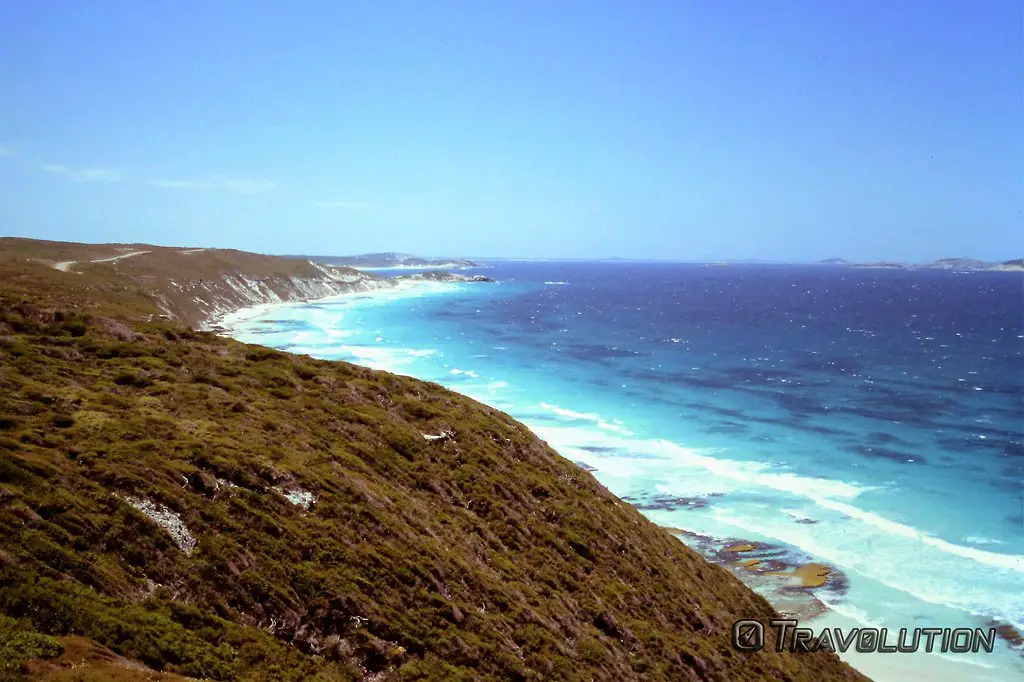
Esperance is a coastal town located on the southern coast of Western Australia, while the Recherche Archipelago is a group of islands situated off the coast.
What to see or do: Esperance is known for its stunning white sand beaches, crystal clear waters and rocky headlands, making it a popular destination for swimming, surfing, and fishing. The Recherche Archipelago offers unique opportunities for diving and snorkelling, where you can explore the vibrant underwater world of the islands.
Don’t miss: Cape Le Grand National Park, where you can take in breathtaking views of granite peaks, pristine sandy beaches, and turquoise waters. Lucky Bay, which is known for its crystal clear water and being the home of kangaroos that often come down to the beach.
Insider travel tips: Check out the Twilight Beach and Blue Haven Beach, which are also great for swimming and catching some sun. Don’t forget to go on a scenic drive along the coast to take in the stunning views of the rugged coastline. Remember to bring a camera and capture the memories of this beautiful coastal region.
17. Geikie Gorge National Park
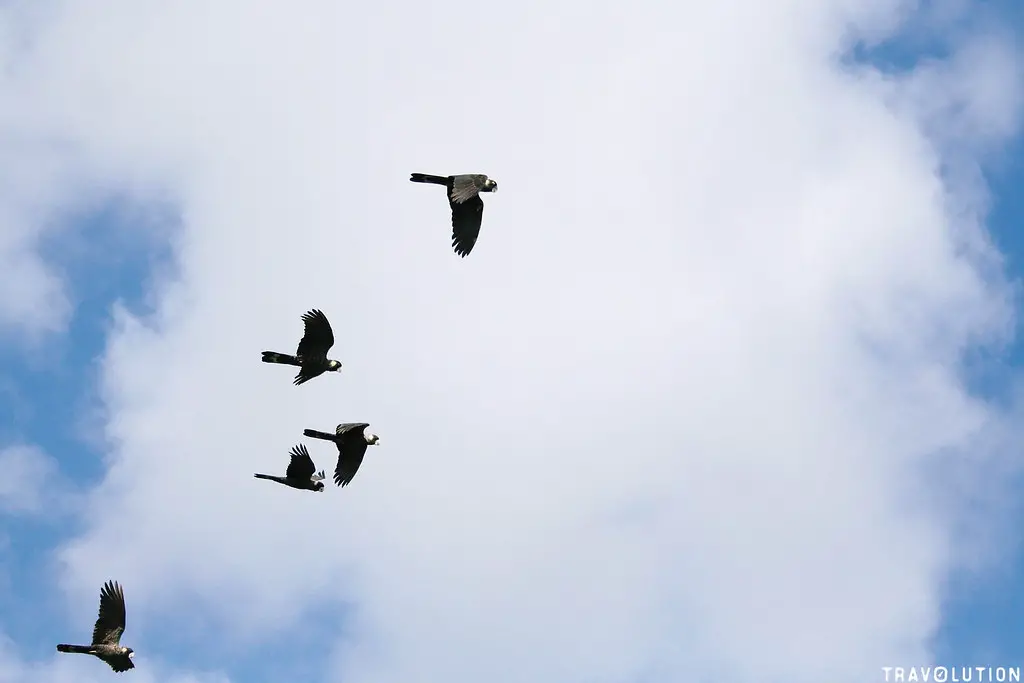
Geikie Gorge National Park is a picturesque gorge located in the Kimberley region of Western Australia.
What to see or do: Take a boat tour to admire the vastly diverse Flora and Fauna surrounding the gorge. You can also take a walk on the rim walk to get a stunning view of the gorge.
Don’t miss: See the crocodiles basking in the sun on the sandbanks or enjoy the mesmerizing view of the rock formations in the gorge.
Insider travel tips: Plan your trip between May and September, as the weather remains ideal for outdoor activities. Carry plenty of water and wear comfortable walking shoes for the rim walk. Watch out for the tiny sandflies, and bring insect repellent.
18. Horizontal Falls
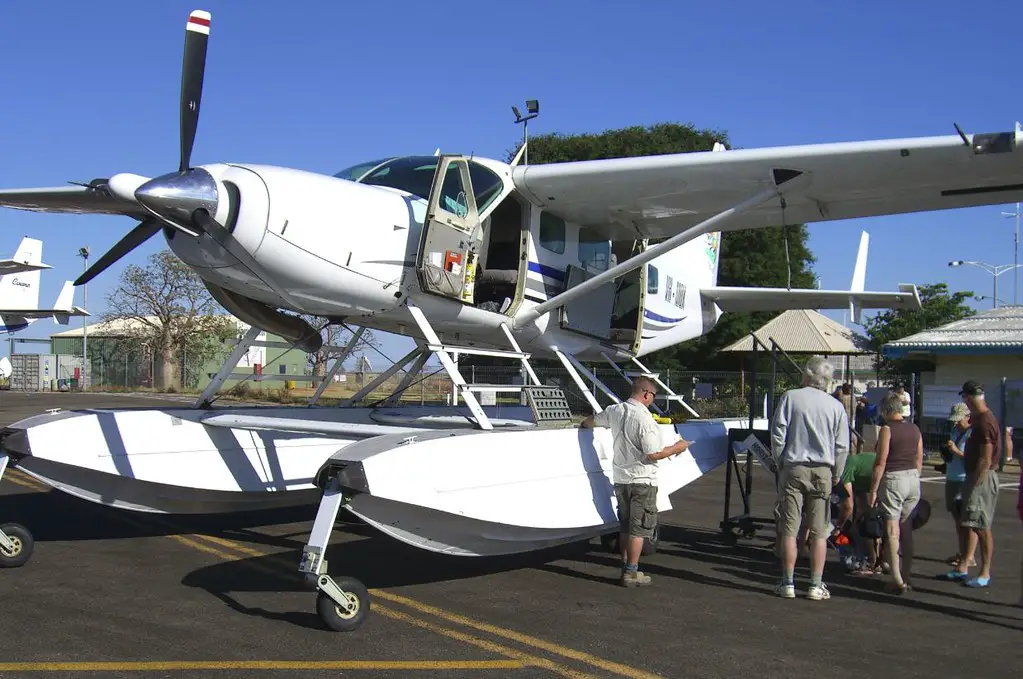
Horizontal Falls is a natural wonder located in Talbot Bay, Western Australia that features a unique tidal phenomenon.
What to see or do: Marvel at the breathtaking sight of water rushing through narrow gorges and creating a horizontal waterfall effect during tidal changes. Visitors can take a scenic flight, boat tour, or helicopter ride to witness this stunning natural attraction up close.
Don’t miss: Apart from Horizontal Falls itself, visitors can also explore the stunning landscape of the Kimberley region, which includes rugged gorges, pristine beaches, and unique flora and fauna.
Insider travel tips: – Plan your visit during high tide for the best viewing experience.
19. Monkey Mia
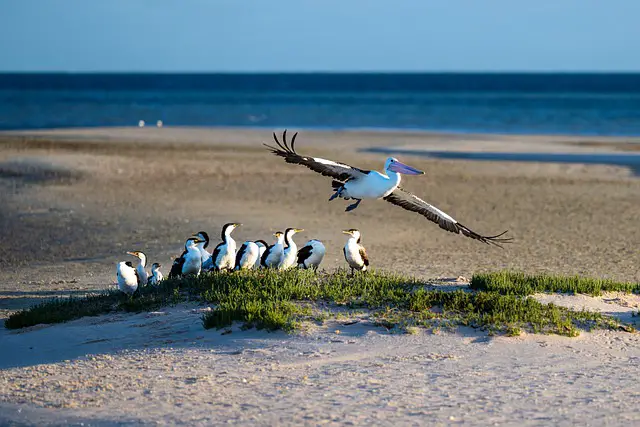
Monkey Mia is a popular tourist destination located in the Shark Bay region of Western Australia. It is home to a group of friendly and playful bottlenose dolphins.
What to see or do: The main attraction of Monkey Mia is its daily dolphin feeding experience. Visitors can watch and even wade into the water to feed these beautiful creatures. Other activities include swimming, snorkeling, and diving in the turquoise waters, taking a scenic drive through Shark Bay, and exploring the nearby Francois Peron National Park.
Don’t miss: Apart from the dolphins, make sure to catch a glimpse of the other wildlife in the area, including dugongs, sea turtles, and rays. Also, try the delicious seafood served in the local restaurants.
Insider travel tips: It’s recommended to book your dolphin feeding experience ahead of time to secure your spot. While in the area, visit Ocean Park aquarium to get up close with other marine life, and check out the stromatolites at Hamelin Pool, the oldest living organism on earth. Remember to bring sunscreen and plenty of water as the Western Australian sun can be intense.
20. Mount Augustus

Mount Augustus is a mountain in Western Australia, known as the world’s largest rock. It is twice the size of Uluru (Ayers Rock).
What to see or do: Hiking – There are several hiking trails around the mountain, including Ayers Rock Lookout Trail, Cattle Pool Walk Trail, and Mt. Augustus Summit Trail.
Don’t miss: Don’t miss the breathtaking views of sunrise and sunset from Mt. Augustus Summit.
Insider travel tips: Bring plenty of water and food supplies, as there are no shops or services available.
21. Stirling Range National Park
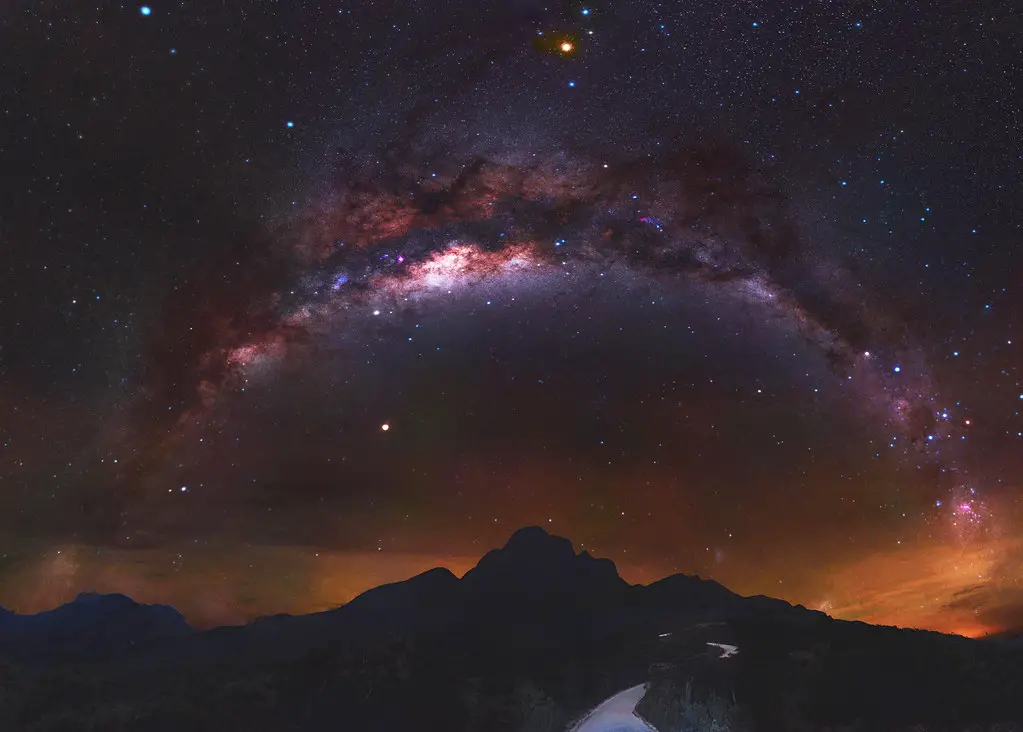
A stunning national park located in the south-west of Western Australia, known for its unique mountain range landscape and diverse flora and fauna.
What to see or do: Take a scenic drive through the park to see the breathtaking views of the mountain range, hike some of the park’s many trails, or visit during wildflower season (August to November) to see the park’s colorful flora.
Don’t miss: Climbing Bluff Knoll, the highest peak in the park, for an unforgettable panoramic view of the surrounding landscape.
Insider travel tips: Bring plenty of water, sunscreen and wear good hiking shoes as the trails can be challenging. Also, keep an eye out for the unique wildlife such as Western Grey Kangaroos and Echidnas.
22. Walpole Wilderness Area
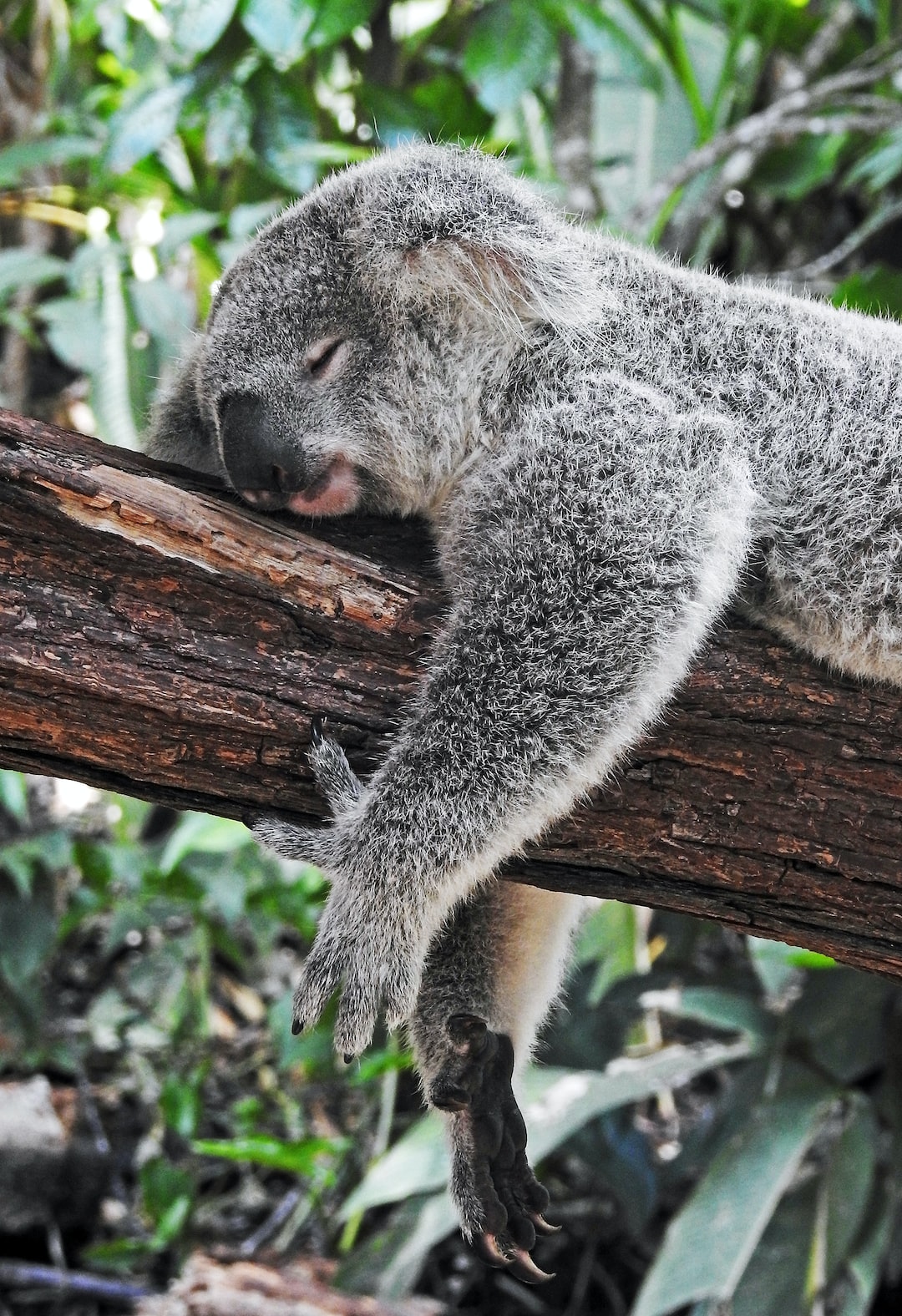
The Walpole Wilderness Area is a stunning national park located in Western Australia, covering over 363,000 hectares of pristine wilderness.
What to see or do: There are endless activities to enjoy in the Walpole Wilderness Area, including hiking, camping, picnicking, birdwatching, and fishing. Visitors can explore the ancient forests, meander along tranquil rivers, and spot an array of wildlife.
Don’t miss: A visit to the Tree Top Walk, which offers a unique perspective on the towering karri trees. Be sure to also check out the Valley of the Giants, which features a 600-meter-long elevated walkway through the treetops.
Insider travel tips: – It’s recommended to visit the park in the warmer months between December and April, as the winter months can be rainy and chilly.
23. Yanchep National Park
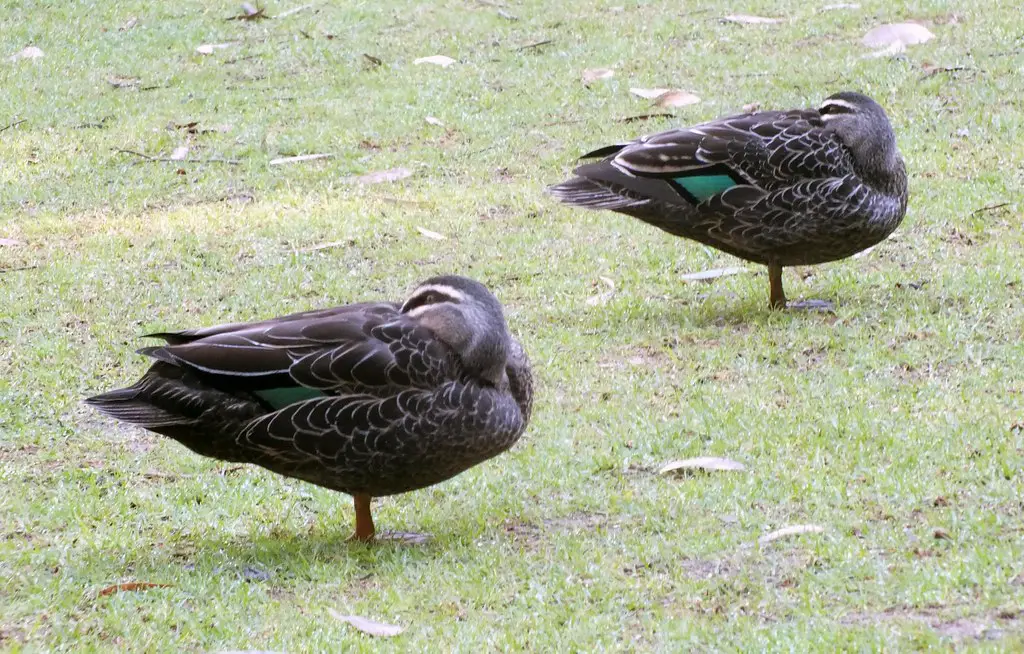
Yanchep National Park is a natural wonderland located just an hour’s drive north of Perth, Western Australia. This vast park encompasses over 2,800 hectares of stunning flora and fauna, including some of the state’s most iconic wildlife, native bushland, and pristine wetlands.
What to see or do: Take a leisurely stroll along one of the many walking trails and discover the park’s hidden wonders, like underground limestone caves and the picturesque Yanchep Lagoon. Wildlife lovers can even get up close and personal with koalas, kangaroos, and a myriad of bird species in their natural habitat.
Don’t miss: Don’t miss out on visiting the Wangi Mia Meeting Place and the nearby boomerang-shaped lake, Loch McNess. The Wangi Mia Meeting Place is a significant heritage site that celebrates the Whadjuk Noongar people’s rich culture and history, and the lake is a shining example of the park’s outstanding natural beauty.
Insider travel tips: Pack plenty of water, sunscreen, and insect repellent, as the park can get extremely hot during the summer months. Be sure to also check out the early morning ranger-led tours, which are both informative and entertaining. Finally, don’t forget to bring a camera – the stunning landscapes and unique Australian wildlife is an unforgettable sight to capture on film.
24. The Porongurups
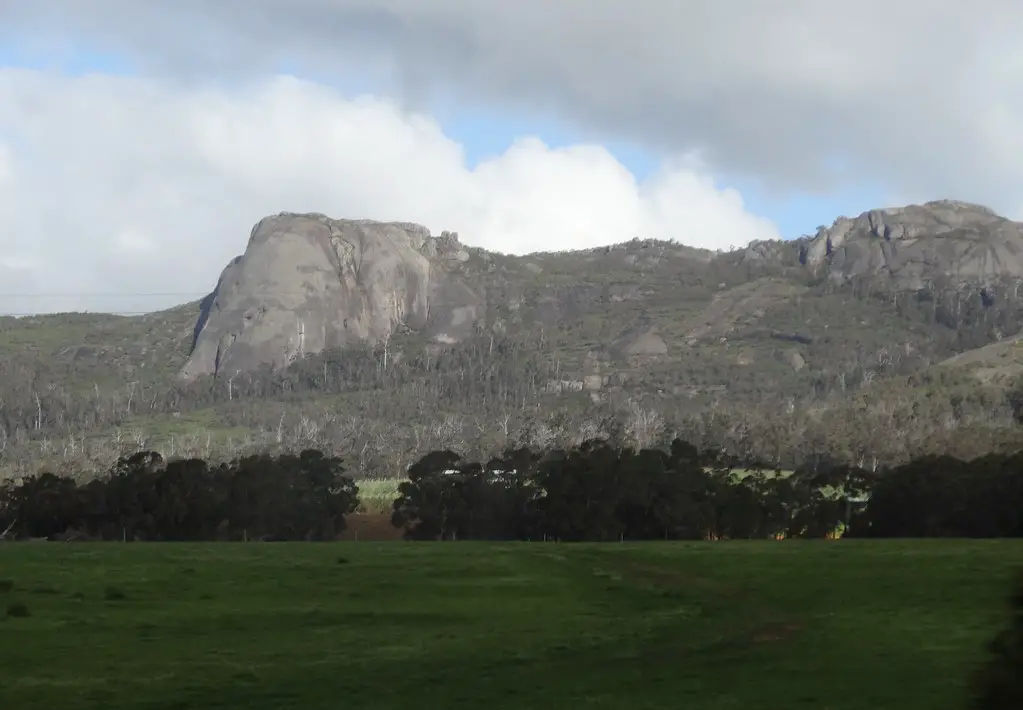
The Porongurups are a mountain range located in Western Australia’s Great Southern region. The area is well known for its stunning natural beauty, including lush forests, unique rock formations, and diverse wildlife.
What to see or do: The Porongurups offer a range of activities for visitors to enjoy, from hiking and bushwalking to birdwatching and picnicking. There are several well-marked trails throughout the range, offering a variety of scenic views and rewarding experiences for hikers of different skill levels.
Don’t miss: A visit to the famous Castle Rock Granite Skywalk is a must-do when exploring the Porongurups. The Skywalk offers an exhilarating view across the treetops and is suspended 570 metres above sea level.
Insider travel tips: – Visit early in the day to avoid the crowds and enjoy a peaceful, quiet hike.
25. D’Entrecasteaux National Park
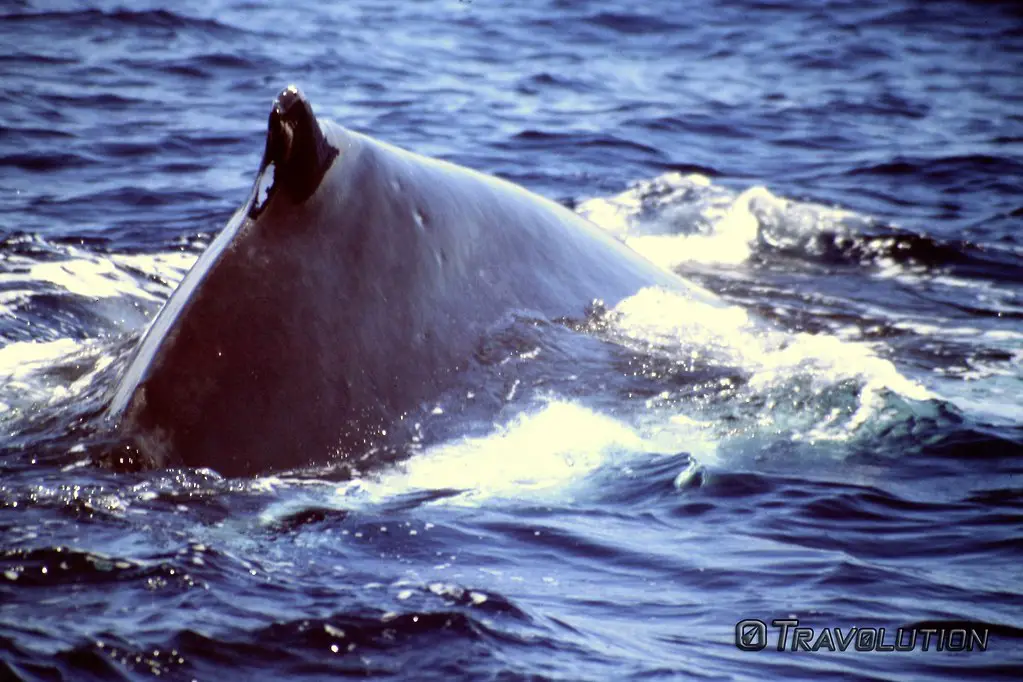
D’Entrecasteaux National Park is a coastal national park located in the southwestern region of Western Australia.
What to see or do: Explore the park’s stunning coastline, rugged cliffs, and pristine forests. Take a scenic drive along Yeagarup Dunes Road, go for a hike on one of the park’s many trails, or spend the day fishing, swimming, and snorkeling in the crystal-clear waters.
Don’t miss: A visit to Lake Jasper, a tranquil inland waterway surrounded by ancient karri trees. The lake is perfect for kayaking, fishing, and birdwatching.
Insider travel tips: – The best time to visit is during the cooler months of the year, from March to November.
26. Blackwood River Valley
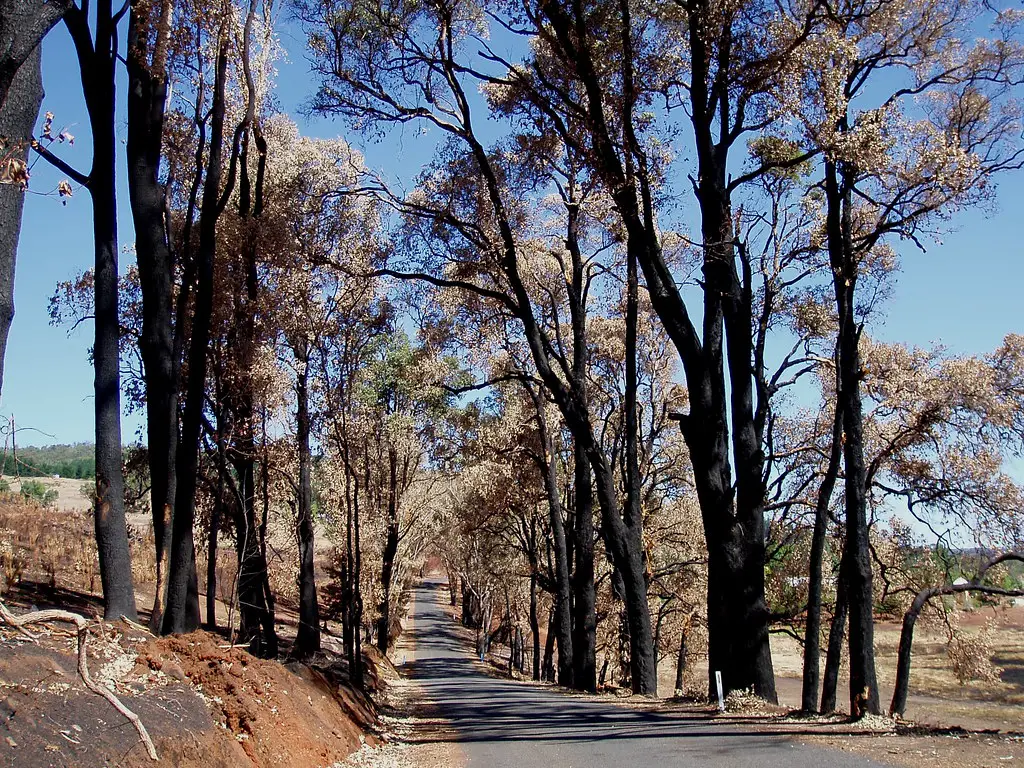
A picturesque region in Western Australia known for its stunning natural beauty, vineyards, and local produce.
What to see or do: – Explore the many wineries and breweries in the region and sample some of the delicious wines and beers on offer.
Don’t miss: – The annual Bridgetown in the Winter festival, where the town celebrates the cooler months with live music, food and drink stalls, and arts and crafts.
Insider travel tips: – The best time to visit is in the spring (September-November) or autumn (March-May) when the weather is mild and the crowds are fewer.
27. Albany Wind Farm
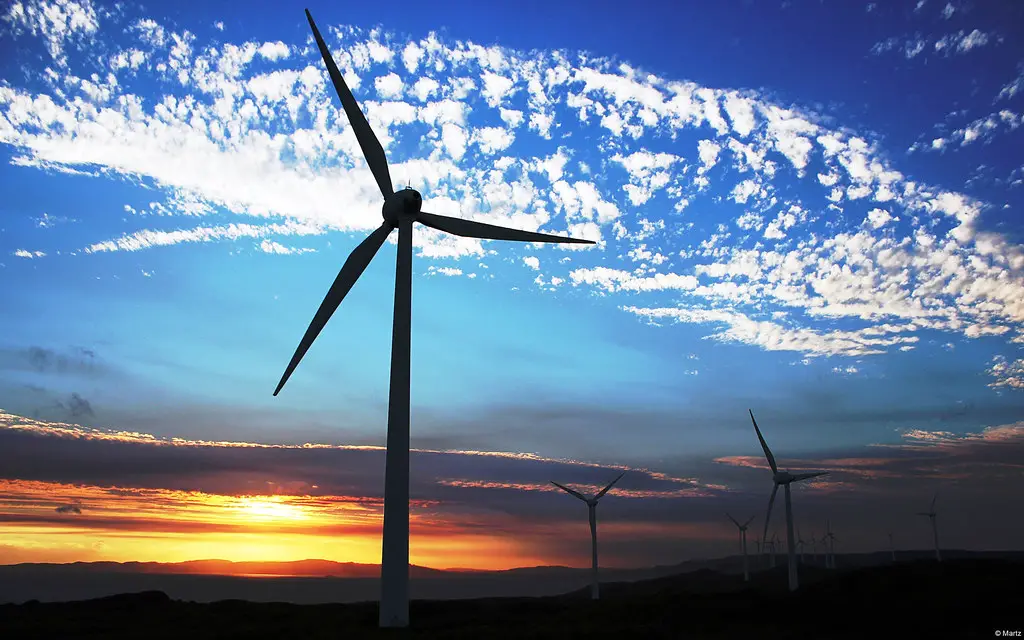
The Albany Wind Farm is a wind power station located in Albany, a coastal city in Western Australia.
What to see or do: Visitors can see the towering turbines up close and observe the incredible engineering feat of harnessing wind for renewable energy.
Don’t miss: The stunning views of the Southern Ocean and surrounding coastline from the viewing platform at the top of the hill.
Insider travel tips: It can get quite windy at the top, so be sure to bring warm clothes. Additionally, the best time to visit is during the afternoon when the light is just right for photographs.
28. Cape Leeuwin Lighthouse
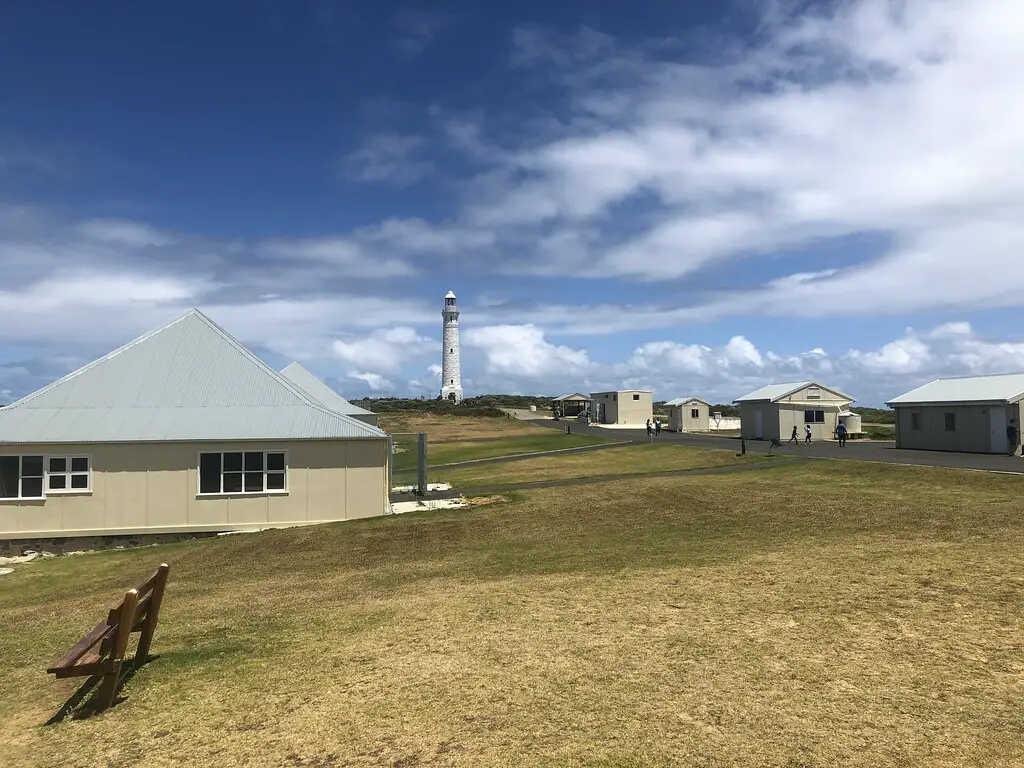
The Cape Leeuwin Lighthouse is a historic lighthouse located in Augusta, Western Australia. It is situated on the most south-westerly point of mainland Australia.
What to see or do: Visitors can climb to the top of the lighthouse for panoramic views of the surrounding coastline and ocean. They can also explore the museum and learn about the fascinating maritime history of the area.
Don’t miss: Don’t miss the chance to spot whales and dolphins from the top of the lighthouse. The Cape Leeuwin coastline is a popular spot for these marine mammals to swim and play.
Insider travel tips: – Make sure to wear comfortable shoes as there are steep stairs to climb to reach the top of the lighthouse.
29. Rottnest Island’s Pinky Beach
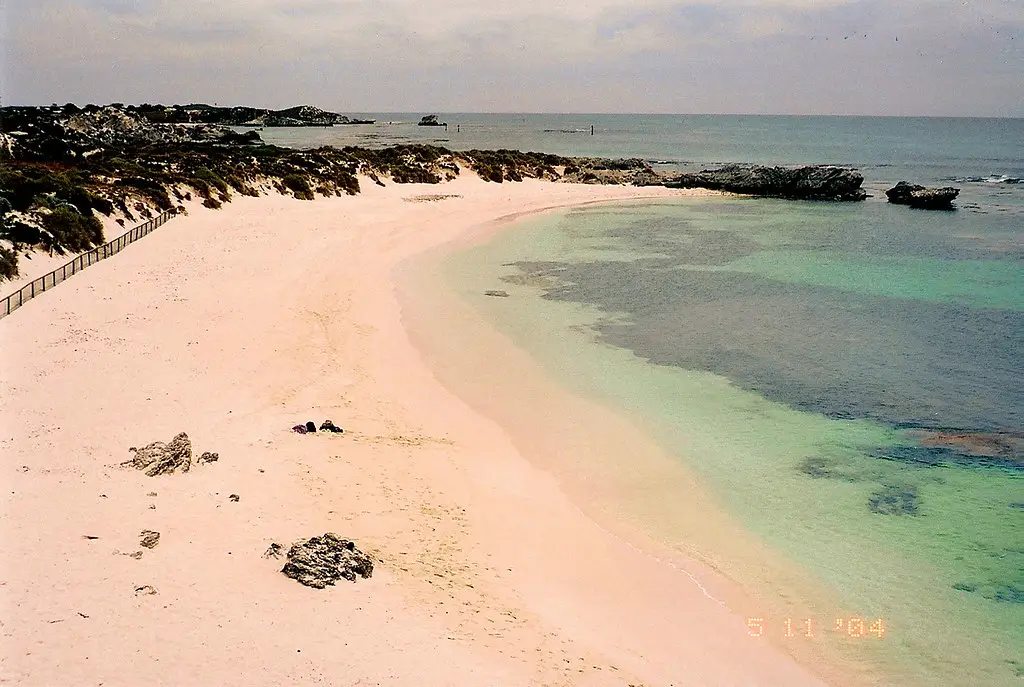
Pinky Beach is a stunning beach located on Rottnest Island off the coast of Western Australia.
What to see or do: Swim in the crystal-clear turquoise water, relax on the pristine white sand, or take a walk along the beach to take in the picturesque views of the Indian Ocean.
Don’t miss: Be sure to keep an eye out for the island’s friendly quokkas, small marsupials that are only found on Rottnest Island.
Insider travel tips: To avoid the crowds, visit Pinky Beach early in the morning or late in the afternoon. Bring your own food and drinks as there are no cafes or restaurants located on the beach. Don’t forget your sunscreen and hat as the sun can be intense in Western Australia.